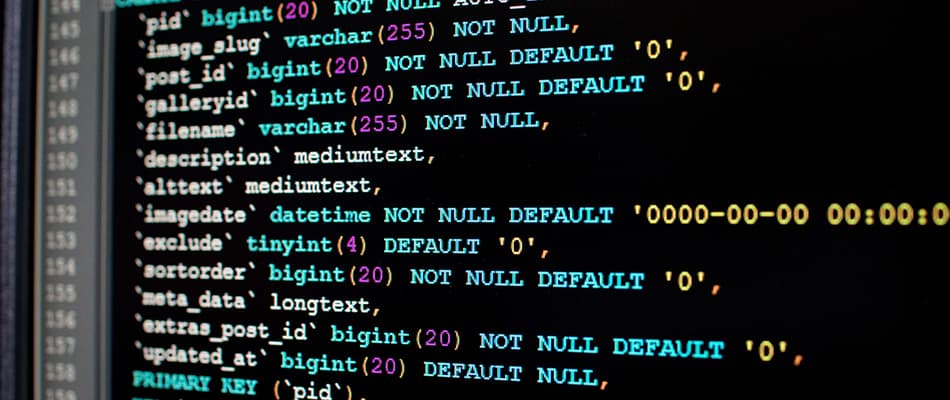What is the Difference Between SOAP and Rest API?- Know their Distinctions and Use Cases
API (Application Programming Interface) is a set of rules that allows different software applications to communicate and exchange data with each other. API plays an important role in enabling communication between different software systems.
There are two commonly used APIs i.e. SOAP and REST. SOAP is a protocol for exchanging structured data in web services, while REST is an architectural style that uses standard HTTP methods for communication. Both are designed to enable data exchange, but they differ in their architecture, complexity, and specific use cases.
Read the article to know what is the difference between soap and rest API, their use cases and more.
Table of Contents
What is an API?
An application programming interface (API) is a connection between computers or software programmes that allows them to communicate with each other. It acts as a service that enables different software systems to work together without exposing their internal workings.
An API specification outlines how to build and use this connection, defining the methods or endpoints a programmer can use. Unlike a user interface, which connects a person to a computer, an API is used by programmers to integrate different software systems.
It allows for the reuse of functionality, simplifies development, and ensures consistency, even if the internal workings of the system change. APIs can be custom-built for specific systems or follow shared standards for broader compatibility.
Know Full Stack Developer Salary in South Africa Here
What is SOAP API?
SOAP (Simple Object Access Protocol) is a protocol used to exchange structured information in web services. It relies on XML to define message formats, ensuring compatibility across different platforms and programming languages. SOAP APIs are highly secure and provide advanced features for handling complex operations and transactions, making them ideal for enterprise-level applications.
They operate over several network protocols, such as HTTP (HyperText Transfer Protocol), SMTP (Simple Mail Transfer Protocol), or JMS (Java Message Service) and enforce strict communication standards. SOAP is known for its reliability and strong security features, such as WS-Security, which ensures data integrity. If you are wondering what is the difference between SOAP and REST API, it is important to understand that SOAP is more structured and detailed, whereas REST is simpler and more flexible.
What is REST API?
REST (Representational State Transfer) is an architectural style used for designing networked applications. It relies on stateless communication and uses standard HTTP methods such as GET (Retrieve or Request), POST (Send or Submit), PUT (Update or Replace), and DELETE (Remove or Delete).
REST APIs are lightweight, easy to use, and allow for seamless integration with web services. They return data in formats like JSON (JavaScript Object Notation) or XML (eXtensible Markup Language), making them highly flexible and easy to consume across different platforms.
REST is ideal for web services that require scalability and efficiency. If you are wondering what is the difference between SOAP and REST API, it is important to note that REST is simpler, more flexible, and less rigid than SOAP. This makes REST API a better choice for modern web applications that focus on speed and ease of use.
Differences Between SOAP and REST API
When choosing between SOAP and REST for your API needs, it is important to understand how they differ. Both serve similar purposes but have distinct characteristics. Let us know what are the differences between SOAP and REST API below:
|
Aspects |
SOAP |
REST |
|
Message Format |
SOAP relies on XML for message formatting. |
REST is an architectural style that uses standard HTTP methods. |
|
Protocol vs. Architectural Style |
SOAP is a protocol |
REST is an architectural style that uses standard HTTP methods. |
|
Complexity |
SOAP is more complex due to its strict standards and XML-based messages |
REST is simpler and more flexible. |
|
Statefulness |
SOAP supports both stateful and stateless operations. |
REST is strictly stateless. |
|
Security |
SOAP provides built-in security features like WS-Security |
REST relies on underlying protocols such as HTTPS for security. |
|
Error Handling |
SOAP has built-in error handling with fault elements |
REST uses standard HTTP status codes for errors. |
Use Cases for SOAP and REST APIs
When deciding between SOAP and REST APIs, it is important to consider their specific use cases. Once you understand the what is the difference between SOAP and REST API, you can easily select the most suitable one for your project. Each API type excels in different scenarios, depending on factors like security, performance, and complexity. Below, we explore their ideal use cases:
When to Use SOAP
- SOAP is best used when high security is required, such as when handling sensitive data, as it provides features like WS-Security.
- It is ideal for applications that need to handle complex transactions and operations while ensuring compliance with strict standards.
- It is preferred for large-scale, enterprise-level applications that demand high reliability and formal contracts between services.
- SOAP is recommended when your system needs to follow strict communication standards and requires features like ACID-compliant transactions.
When to Use REST
- REST is well-suited for applications that need a simple, lightweight interface and easy integration.
- This option is better when scalability is important, particularly for distributed systems.
- It is commonly used in mobile and web applications because of its fast performance and simplicity.
- REST is often preferred for faster development and easier maintenance.
Know Senior Full Stack Developer Salary in South Africa Here
How to Learn API Development?
API development is a valuable skill that enables developers to create robust and scalable web services. Whether you are interested in REST or SOAP, learning the basics will lay the foundation for your growth. Once you know what is the difference between SOAP and REST API, you can easily understand the core concepts of API development. Know more about how to learn API development below:
Understand the Basics of APIs
- Learn what an API is, what its role is in communication between software systems, and what is the difference between REST APIs and SOAP.
- Understand the concepts of endpoints, requests, responses, methods (GET, POST, PUT, DELETE), and status codes (200, 404, 500, etc.).
Learn HTTP Basics
- HTTP Methods: Understand common HTTP methods like GET (retrieve data), POST (submit data), PUT (update data), and DELETE (remove data).
- Request-Response Model: Learn how the client sends a request and the server responds.
- Status Codes: Get familiar with HTTP status codes to understand the success or failure of a request.
Familiarise Yourself with API Data Formats
- JSON: JSON (JavaScript Object Notation) is the most common format for API responses. Learn how to structure and parse JSON data.
- XML: Learn how XML (Extensible Markup Language) is used in APIs, especially in SOAP APIs.
- Understand Data Serialisation: Understand how data is serialised and deserialised during API calls.
Learn API Authentication and Security
- API Keys: Learn how to use API keys to authenticate requests to APIs.
- OAuth: Understand OAuth 2.0 and how it’s used for secure authentication and authorisation.
- Rate Limiting: Learn how to implement rate limiting to prevent abuse and ensure fair use of resources.
Take a Course or Certification
- Online Courses: Enrol in courses on platforms like Digital Regenesys.
- Certifications: Pursue certifications such as Digital Regenesys’s Full Stack Web and Software Development Course that cover APIs in-depth.
In conclusion, SOAP offers robust security and is ideal for enterprise-level applications, while REST is simpler, more flexible, and suited for web and mobile applications. Understanding what is the difference between SOAP and REST API is crucial for selecting the right approach for your project. If you want to build a strong foundation in API development and other web technologies, Digital Regenesys’s Full Stack Web and Software Development Course is one of the perfect choices. The course offers practical training in SOAP and REST APIs, equipping you with the skills needed for real-world projects and career growth in web development. Enrol in the course today to gain hands-on experience and build your expertise in API development.
What is the Difference Between SOAP and Rest API? – FAQs
What is SOAP?
What is REST?
What is the difference between SOAP and REST API?
What are the main data formats used in SOAP and REST?
Can I transition between SOAP and REST APIs?
How can I learn API development?
Recommended Posts













